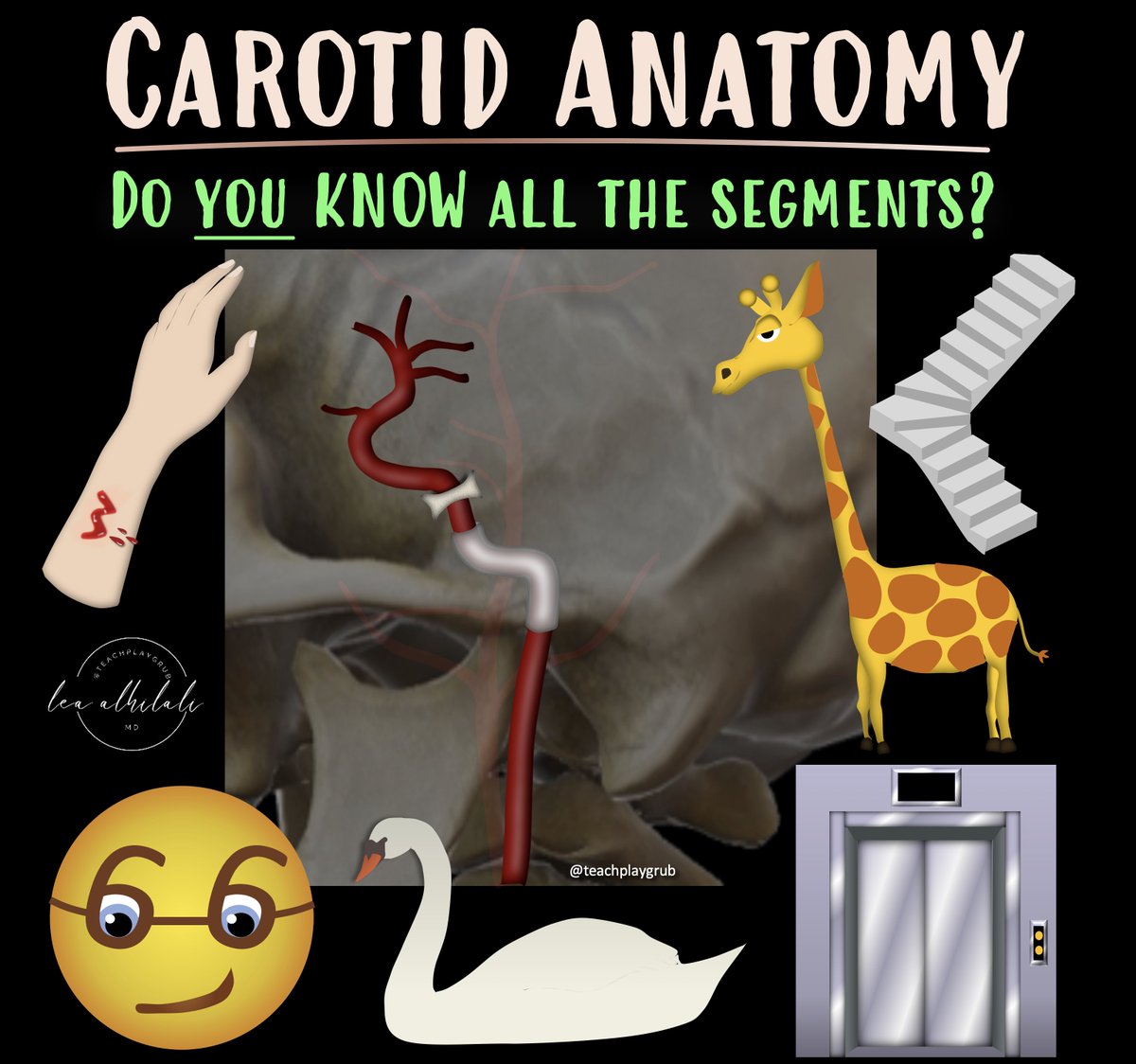1/
Monkey pox! It’s everywhere, at least in the news.
Here’s a 🧵about the neuroimaging manifestations of monkey pox
#MonkeypoxVirus #monkeypox #neurorad #FOAMed #NeuroTwitter #MedTwitter #RadRes #FOAMrad #neurology
pubmed.ncbi.nlm.nih.gov/15499541/
Monkey pox! It’s everywhere, at least in the news.
Here’s a 🧵about the neuroimaging manifestations of monkey pox
#MonkeypoxVirus #monkeypox #neurorad #FOAMed #NeuroTwitter #MedTwitter #RadRes #FOAMrad #neurology
pubmed.ncbi.nlm.nih.gov/15499541/

2/
The most common manifestation on neuroimaging is tonsillar enlargement & cervical lymphadenopathy
It starts in submandibular nodes w/faucial tonsil enlargement. It progresses to lower lymph node stations & axillary nodes
These images are in primates journals.asm.org/doi/10.1128/JV…
The most common manifestation on neuroimaging is tonsillar enlargement & cervical lymphadenopathy
It starts in submandibular nodes w/faucial tonsil enlargement. It progresses to lower lymph node stations & axillary nodes
These images are in primates journals.asm.org/doi/10.1128/JV…

3/
These are very hot on FDG PET. There are not reports of necrotic lymph nodes, but data is scarce
academic.oup.com/jid/article/20…
These are very hot on FDG PET. There are not reports of necrotic lymph nodes, but data is scarce
academic.oup.com/jid/article/20…

4/
Finally, in severe cases you can get a meningoencephalitis. This can cause edema/T2 signal in the deep gray structures, cortex, and white matter. There can also be leptomeningeal enhancement. Lumbar puncture with CSF analysis can help in diagnosis.
pubmed.ncbi.nlm.nih.gov/15499541/
Finally, in severe cases you can get a meningoencephalitis. This can cause edema/T2 signal in the deep gray structures, cortex, and white matter. There can also be leptomeningeal enhancement. Lumbar puncture with CSF analysis can help in diagnosis.
pubmed.ncbi.nlm.nih.gov/15499541/

• • •
Missing some Tweet in this thread? You can try to
force a refresh






















